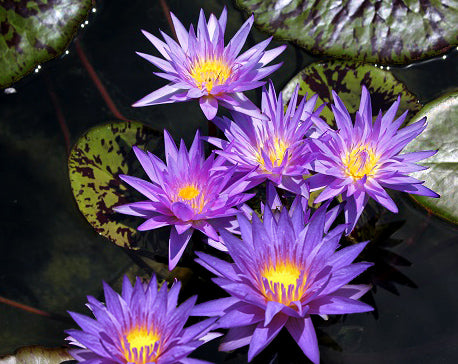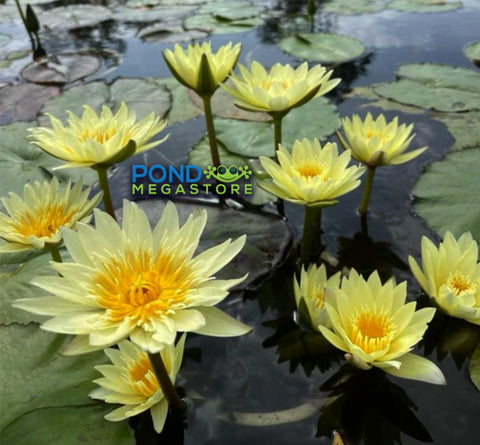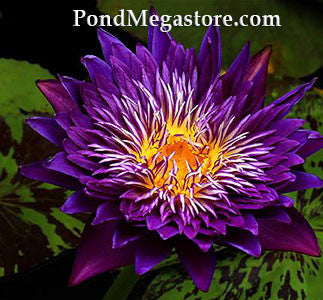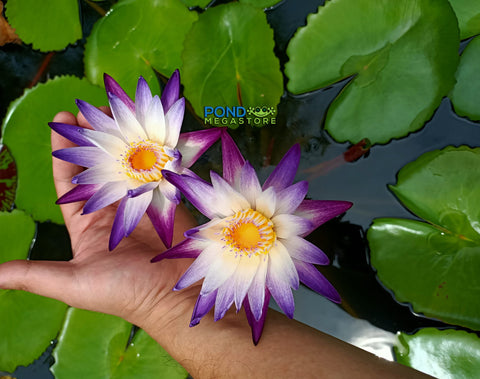Atropurpurea Water Lily, DARK RED!
Great Blooming Dark Red - Vibrant Waterlily!
A Glorious Addition to a beautiful Pond, Ships Spring through Summer!
Atropurpurea is difficult to say but it is a beautiful dark red waterlily, very free flowering and easy to grow. It is one of the deepest red waterlilies in existence and very free-flowering when placed in shallow water in full sun and fertilized with aquatic fertilizer tablets every month. We have seen over 80 flowers in one pot in a single summer!
Plant just 6 to 12 inches deep in a 12 to 16-inch wide fabric waterlily pot and fertilize monthly for up to 80 blooms per summer!
Fertilizing Instructions
Fertilize with Waterlily World Fertilizer Tabs + Humates, for optimum growth and best blooming every 2-3 weeks through spring and summer!
Use 3 to 4 tablets for water lilies every two weeks; we suggest the 1st and 15th of each month for optimal and continuous flowering until fall! Remember, lilies also like full, direct, unobstructed sunlight as much of the day as possible and regular dividing at the root as needed. Any cramped pots will lessen the blooming of waterlilies. A 15" fabric aquatic growpot with handles is suggested for any medium or large waterlily. The 7.5-inch pots are okay for up to 8 months of growth for smaller waterlilies.
PondGro Aquatic Soil is perfect for those who do not have access to plain good topsoil for their waterlilies. We never suggest aquatic planting media, pea gravel, or other stones for pond plants. You will end up with lots of mortality and plants that never perform. Only plain sifted Topsoil should ever be used for waterlilies; it can have a heavy sand base or clay base but should not include organic compost, so never buy anything bagged as that always has compost added, which floats and rots.
For in-ground ponds with no liner, these, again, prefer full sun. Best anchored into the embankment soil just 6 to 10 inches below the waterline when planted. Consider temporary fencing for 6 to 10 weeks when establishing in existing ponds with wildlife so that plants can get ahead of any plant predators like raccoons, turtles, etc.








